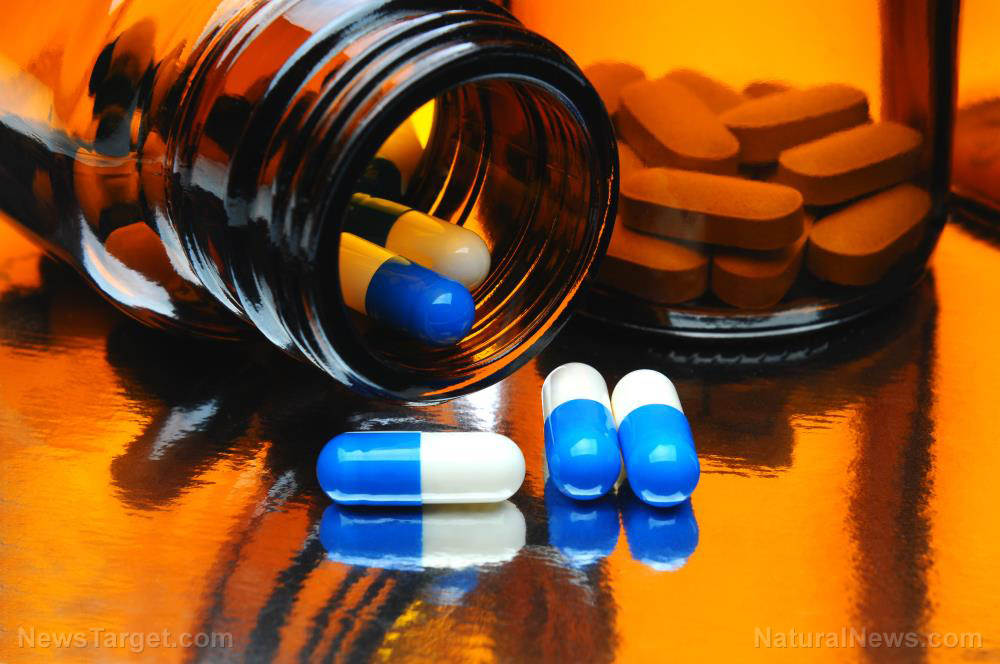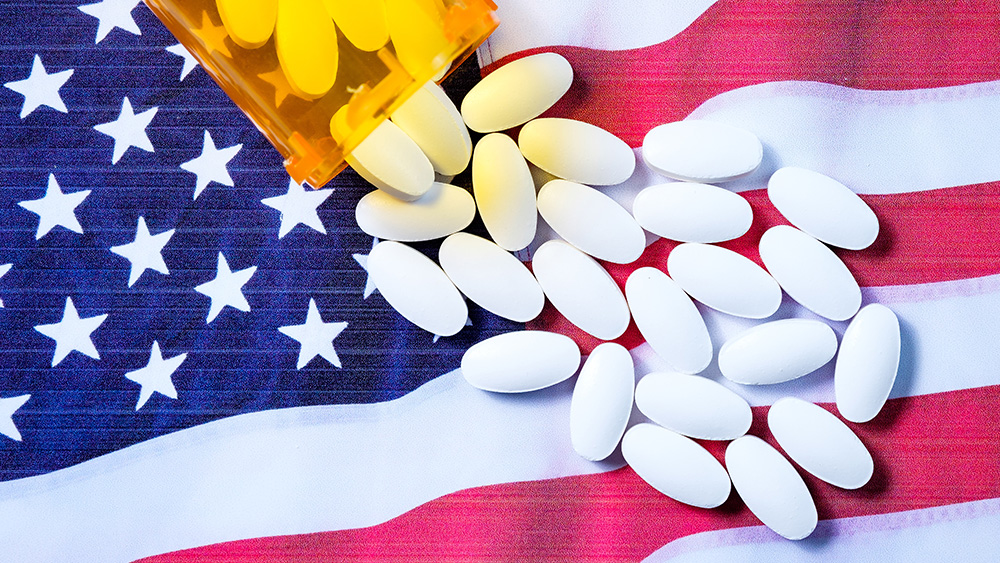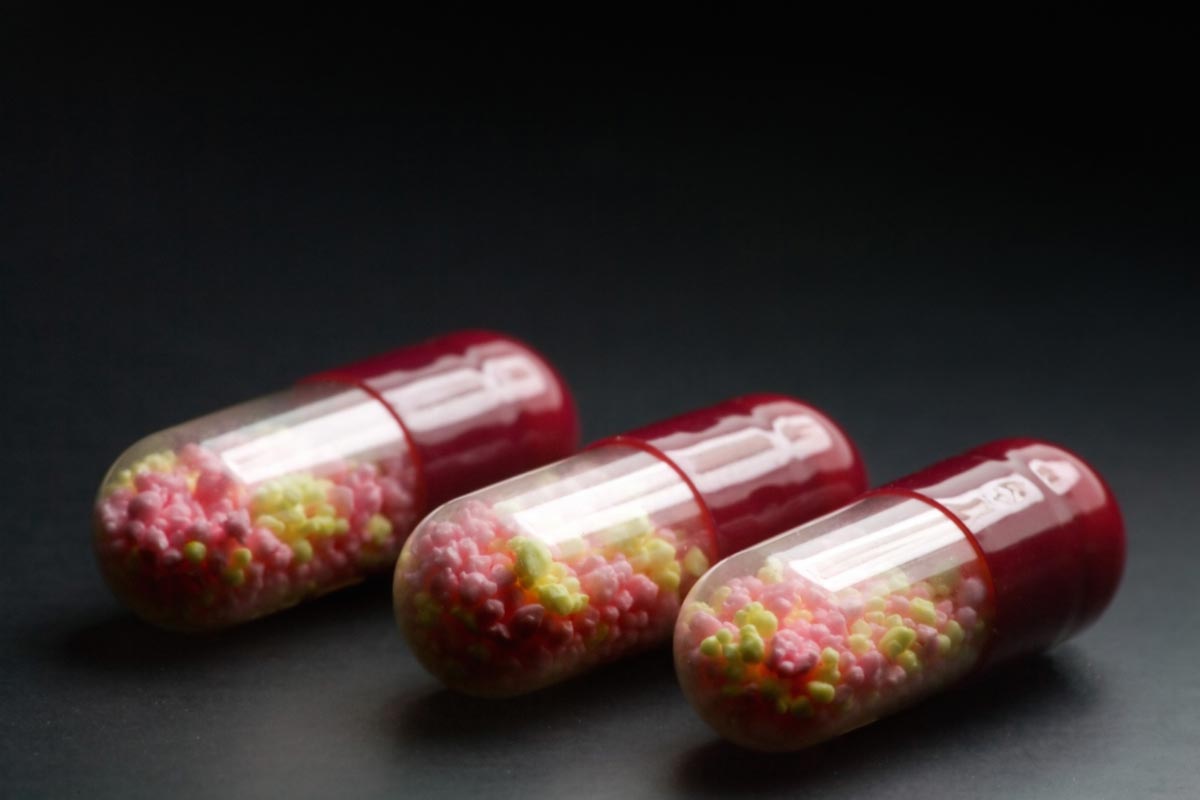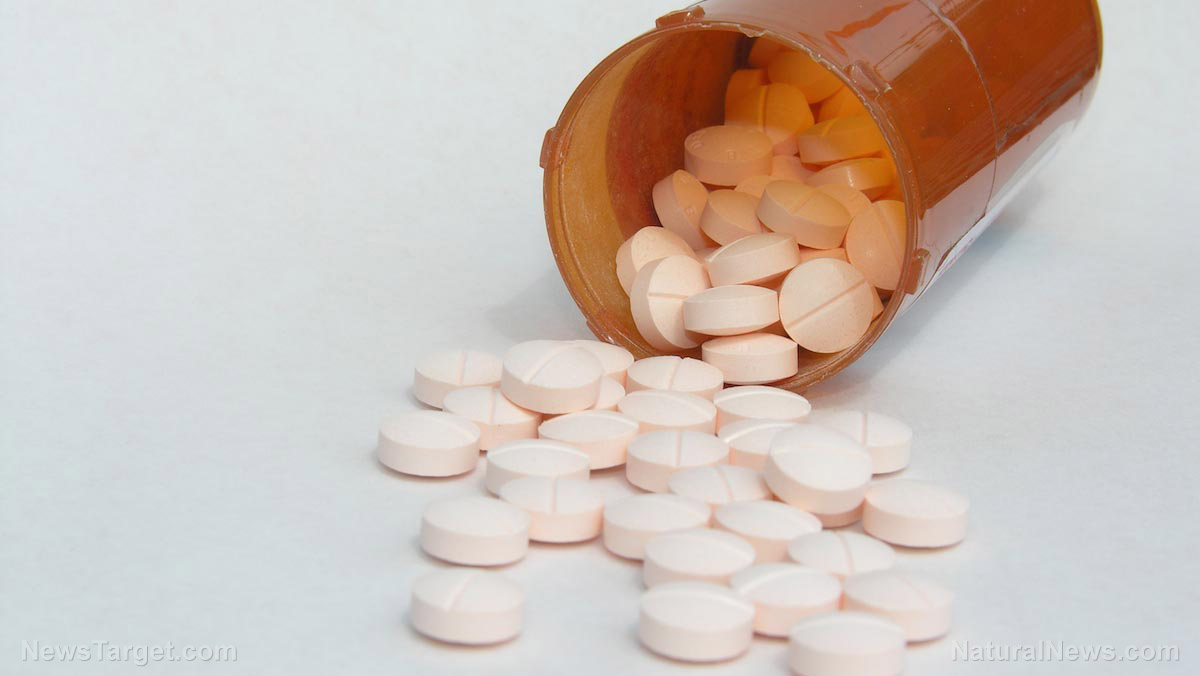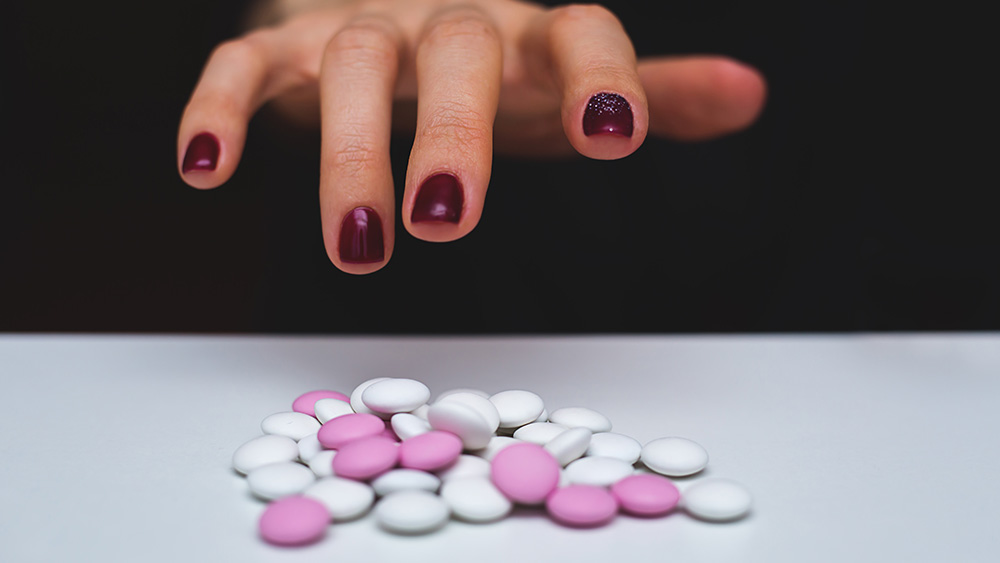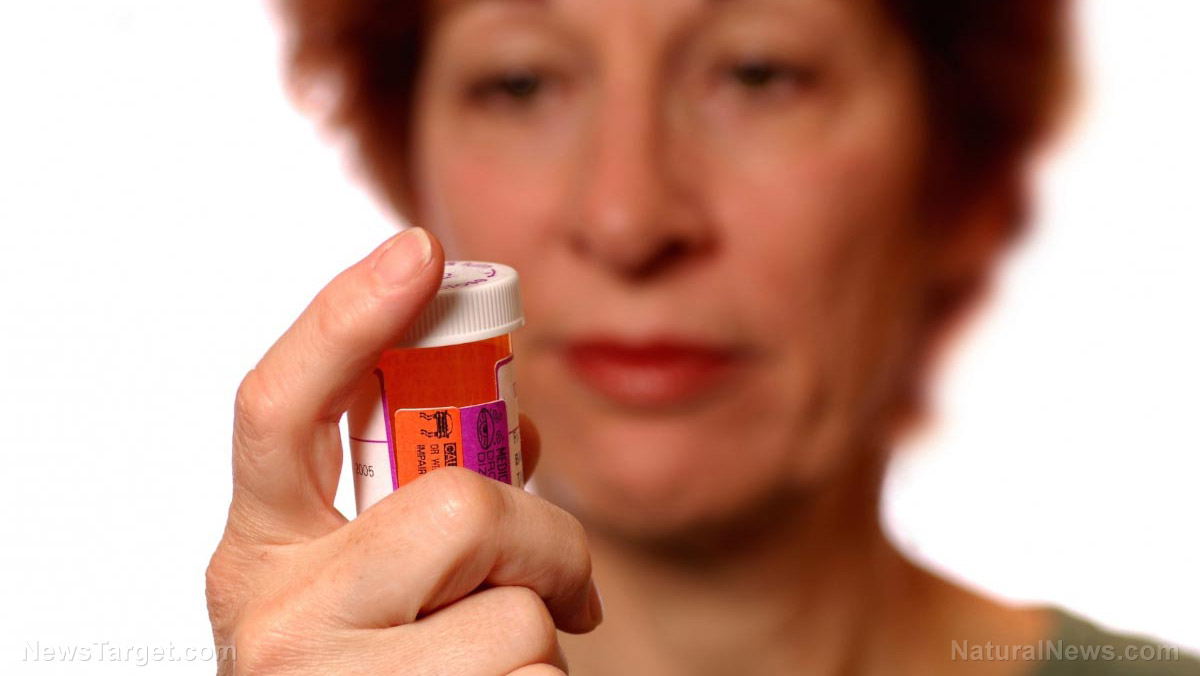Alarming study finds that 13% of prescription drugs found in low-income countries are FAKE
11/19/2018 / By RJ Jhonson
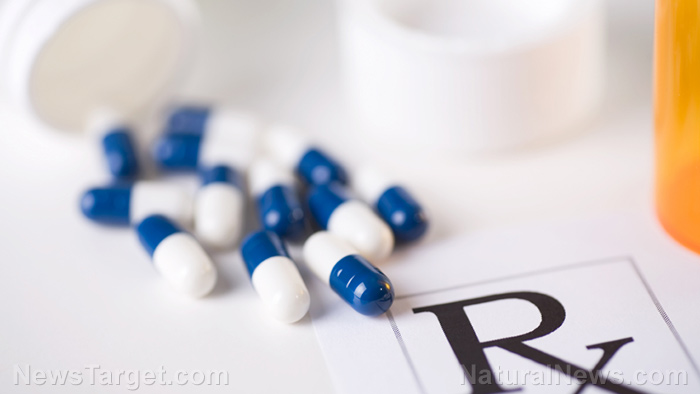
For many people, prescription drugs are used to treat the symptoms of disease. But what if it’s these medications themselves that cause harm? This is the dilemma that a lot of people from poor and developing countries may be facing unwittingly, as a study from the University of North Carolina at Chapel Hill (UNC) reveals that a staggering 13 percent – or possibly more – of prescription drugs in these regions are either substandard or downright falsified.
Cardiovascular disease leads the top 10 causes of death, even in middle- and low-income countries, says the World Health Organization (WHO). But compared to highly developed countries where the rest of the items in the list are so-called “lifestyle diseases,” infectious diseases remain a considerable threat in both middle- and low-income states. This is especially the case in the latter, where lower respiratory infections follow coronary heart disease in terms of the number of people killed in a year.
To address diseases, as well as other health concerns, many people in developing countries look to conventional medicine, which advocates the use of chemical medications for mostly any health problem. The side effects of synthetic drugs are well-known, but it turns out that these are hardly the first threats that people face in their quest for wellness.
A study authored by researchers from the UNC and published in the JAMA Network Open reveals that more than 13 percent of drugs sold and administered in middle- and low-income countries are either falsified or substandard. In Africa, the percentage is much higher at 19 percent.
Falsified medicines are medical products whose function, composition, or source are deliberately misrepresented. They are different from substandard medicines, which are actual medical products that do not meet quality standards or specifications. Substandard drugs are typically damaged by poor manufacturing processes or shipping and storage conditions. They could also be simply past their expiry date.
This finding came from a review of 96 previous studies on falsified and substandard medicine, with each study looking at over 50 medications. Antibiotics comprised 12 percent of falsified or substandard drugs, while antimalarials comprised 19 percent. According to the WHO, malaria is the seventh top cause of death in low-income countries – the administration of low-quality medication could make the problem much worse.
“The prevalence of substandard and falsified medicines is a substantial public health problem because these medicines can be ineffective or harmful and can prolong illnesses, cause poisoning or lead to dangerous drug interactions,” said Sachiko Ozawa, an associate professor at the UNC Eshelman School of Pharmacy and the leader of the study.
“Our study shows that a concerted global effort is needed to improve supply chain management for medicines and to identify solutions to this understudied issue,” she added.
The harmful consequences of poor-quality prescription drugs
Some studies reveal that the issue of falsified and substandard drugs is not isolated to just middle- to low-income countries – it is actually a worldwide concern. There are several reasons to be wary of poor-quality prescription medications. Here are some of them:
- Toxicity – Poor-quality drugs are not always made from the same ingredients as claimed. Some of these drugs may be contaminated with substances that prove immensely toxic to humans or are too beyond their expiry date to be safe for use.
- Morbidity – Falsified and substandard prescription medications are known to cause diseases beyond the one they were supposed to treat. For instance, contaminated methylprednisolone acetate, a drug used to treat arthritic pain and swelling, was found to cause fungal meningitis and joint infections in patients.
- Drug-resistance – The increasing resistance of microbes to drugs is considered a big problem as it makes infectious diseases harder to treat with conventional medicine. Low-quality prescription medications are seen among those that contribute to the worsening of this issue.
- Increased side effects – Proper medications cause a lot of adverse effects. Low-quality drugs, even more so. Substandard and falsified paracetamol, a common non-steroidal anti-inflammatory drug (NSAID), increases the incidence of gastrointestinal symptoms, renal injury, and neuropathies. (Related: Cancer drug turns BLACK cancer patient WHITE due to side effect.)
- Death – Medicines are formulated to perform very specific roles. Errors in their formula, as well as contamination, can have very dire consequences. In Pakistan, for example, manufacturing errors in isosorbide-5-mononitrate, a medication for hypertension, caused the death of over 120 people.
Learn about the risks of conventional drugs at DangerousMedicine.com.
Sources include:
WHO.int [PDF]
Tagged Under: Big Pharma, counterfeit, developing countries, fake medicine, falsified medicine, harmful medicine, healthcare, low-income countries, medication, medium-income countries, pharmaceuticals, substandard medicine



